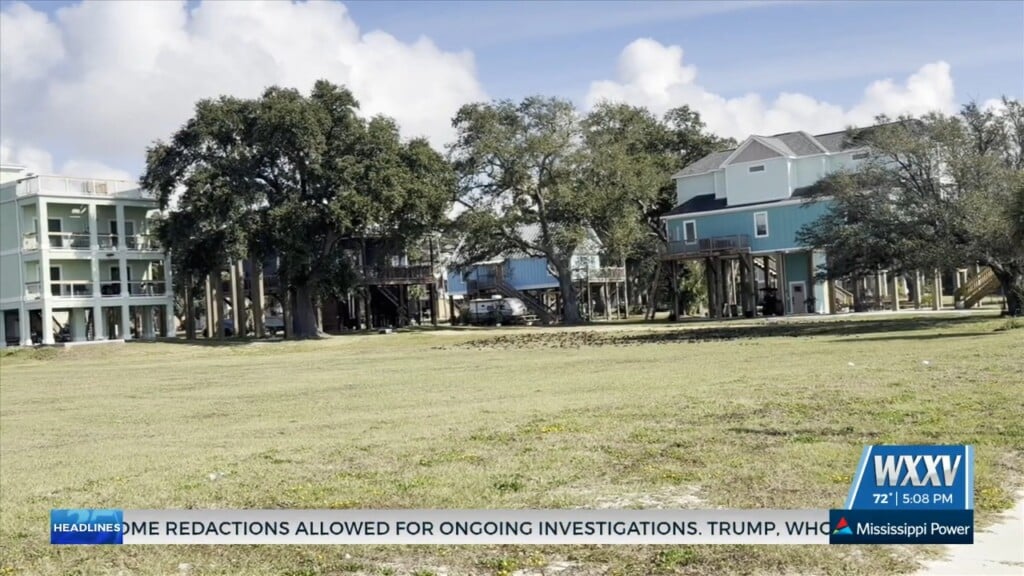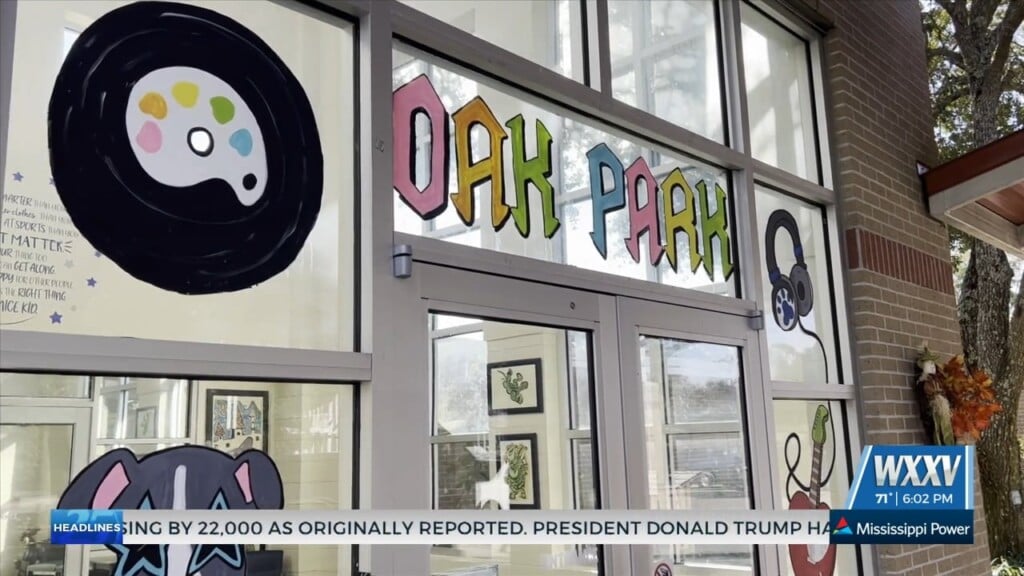Engine testing for RS-25 Space Engine at Stennis Space Center
Over at Stennis Space Center, testing for a development engine RS-25 to be used for future Artemis space exploration was displayed to WXXV.
For eight full minutes, plumes of clouds filled the afternoon sky at Stennis Space Center. The test is for one of four RS-25 engines, which will be used on the space launch system for Artemis missions four and five.
NASA SLS Public Affairs Officer Corine Beckinger said, “Also improving their performance level. Beginning with Artemis IV, the SLS rocket will evolve into a more powerful capability called the Block-1 B configuration. These engines will help get us there.”
The engine assembled and built by Aerojet Rocketdyne and L3 Harris Technologies is part of the final step in a 12-part certification process. Aerojet Rocketdyne General Manager Mike McDaniel said, “Run at 100% power level. So, what we’re doing when we’re actually running at 104, 107, 111, 113%, what we’re really doing is we’re pushing the engine past its design. So, we’re really trying to build that margin. We want to make sure that this engine if it needs to have that extra power in flight ever, they will have it available for them at NASA, so that’s what we’re doing. It was designed for 100% and we run about 111%.”
With the completion of Artemis IV, these RS-25 engines will be the launching point to the future of space exploration as we know it. “This is all about sending the first woman, the first person of color, and the first international partner to the moon.”
“We want to learn how to live in space. We want to make sure we learn how to live on the moon. Once we learn how to live on the moon, then we’ll be able to live on Mars.”
As for how the testing went? NASA Chief of Test Operations Maury Vander said, “From here a quarter mile away it looked like it went fine. The fact that it went full duration means at least initially gives you confidence that they went well. There’s more and more extensive data review that’s going to go on. Then evaluate how the system performed, how the engines performed, and few days, a few weeks, have a final review and say give it a thumbs up and said it did like it’s supposed to. Let’s just declare this test series to be successful and move on to something else.”
Artemis II is scheduled for launch in September 2025, sending four astronauts around the moon. Artemis IV and Artemis V are scheduled for sometime in 2028 and 2029.



